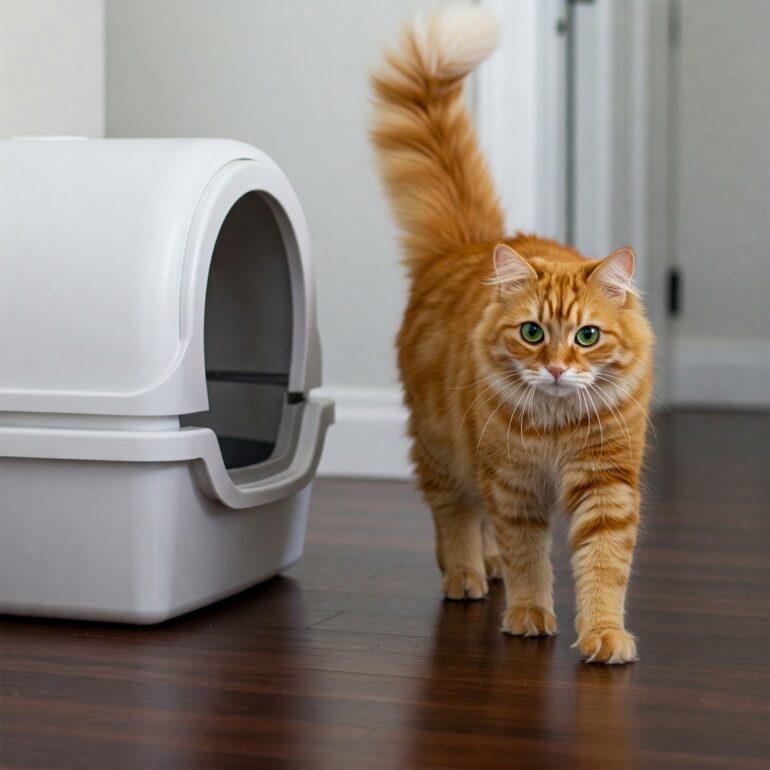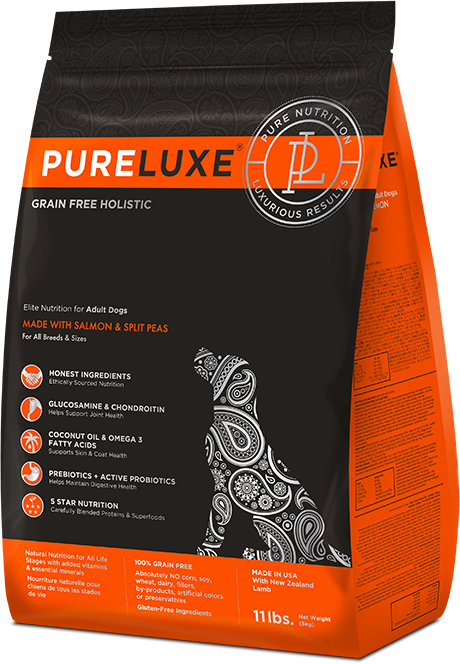Our feline friends are notorious for their finicky palates and independ
Our feline friends are notorious for their finicky palates and independent spirits, but their urinary tract health is something we, as responsible pet owners, need to take seriously. Cats, especially males, are prone to urinary tract issues, and diet plays a crucial role in prevention and management. While wet food is often touted as the gold standard for hydration, certain dry kibble formulations can also contribute to a healthy urinary tract.
So, what should you look for when choosing dry kibble to support your cat’s urinary health?
- Controlled Mineral Content:
Excessive minerals, particularly magnesium, phosphorus, and calcium, can contribute to the formation of crystals and stones in the urinary tract. Look for kibble that specifically states “controlled minerals” or “urinary care.” These formulations are designed to maintain a healthy mineral balance.
- pH Balance:
Maintaining an optimal urine pH is essential. A slightly acidic pH helps prevent the formation of certain types of crystals. Kibble designed for urinary health often includes ingredients that help acidify urine. Read the ingredient list for DL-methionine or other acidifiers.
- Low Magnesium:
Magnesium is a key component of struvite crystals, a common type of urinary stone in cats. Kibble with restricted magnesium levels can help minimize the risk of struvite formation. Check the nutritional analysis for magnesium content, aiming for lower percentages.
- Increased Water Intake (Indirectly):
While dry kibble itself doesn’t provide direct hydration, some formulations are designed to encourage water consumption. These might include:
- Higher Sodium Content: A slightly higher sodium level can stimulate thirst, leading your cat to drink more water. However, consult your veterinarian before choosing a high-sodium diet, especially for cats with heart or kidney conditions.
- Highly Palatable Formulas: Kibble that’s particularly appealing to cats can encourage them to eat more, and subsequently, drink more water.
- High-Quality Protein:
Adequate protein is essential for overall feline health. Choose kibble made with high-quality animal protein sources. Protein helps maintain a healthy urine concentration and supports kidney function.
- Reduced Ash Content:
Ash refers to the mineral residue left after burning food. High ash content can contribute to mineral imbalances. Opt for kibble with lower ash levels.
- Added Omega-3 Fatty Acids:
Omega-3 fatty acids, like those found in fish oil, have anti-inflammatory properties that can support urinary tract health.
Important Considerations:
- Veterinary Guidance: Always consult your veterinarian before making significant dietary changes for your cat, especially if they have a history of urinary tract issues.
- Transition Gradually: Introduce new kibble slowly to avoid digestive upset.
- Water Availability: Ensure your cat has access to fresh, clean water at all times.
- Monitor Your Cat: Observe your cat for any signs of urinary discomfort, such as straining to urinate, frequent urination, or blood in the urine. If you notice any of these signs, seek veterinary attention immediately.
- Wet food combination: Even when feeding dry kibble, adding in wet food to the diet can greatly increase hydration.
While dry kibble can be a convenient and nutritious option for your cat, it’s crucial to choose a formulation that supports urinary tract health. By carefully considering the factors mentioned above and consulting with your veterinarian, you can help keep your feline friend’s urinary system in top shape.




















